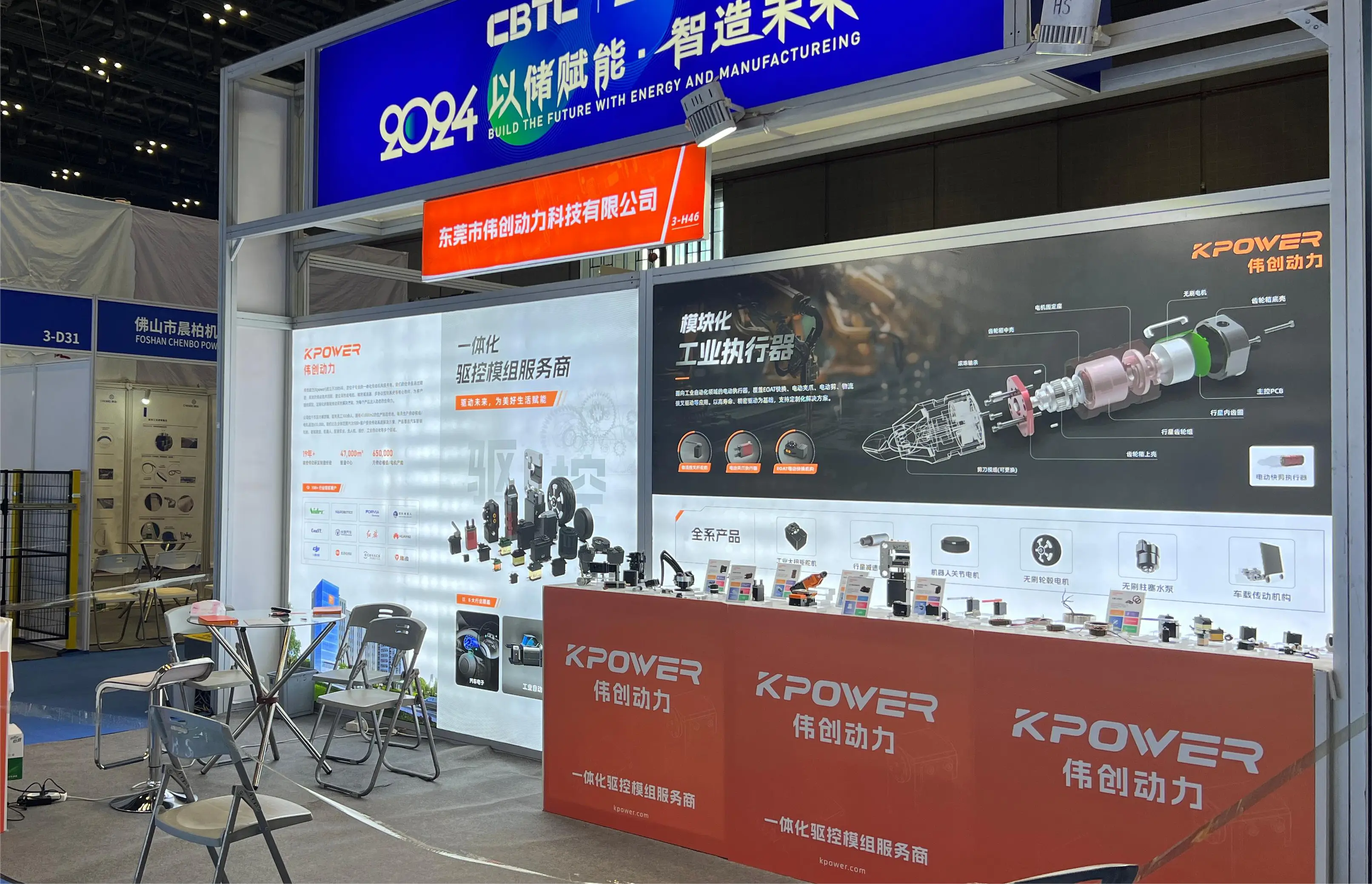How to Make a Servo Motor Spin: A Simple Guide
If you're working with robotics, DIY projects, or automation systems, you've probably encountered a servo motor. But how do you make one spin? It’s a straightforward process once you break it down. Let’s dive into the essentials and make things clearer.

What is a Servo Motor?
At its core, a servo motor is a small, high-precision motor that can turn to specific angles. Unlike regular motors, which spin continuously, a servo motor moves to a set position and then stops. This makes them perfect for applications where accuracy matters—think of things like controlling the position of a robotic arm or adjusting the steering of an RC car.
How Do You Make It Spin?
Alright, let’s get into the nitty-gritty of making a servo motor spin. First things first: you need a control signal. This is where it gets a bit more technical, but don’t worry—we’ll keep it simple.
A servo motor operates based on Pulse Width Modulation (PWM). Basically, you send it a pulse of electricity at regular intervals. The width of the pulse (how long it lasts) tells the motor how far to turn. Short pulses make the motor turn to one position, and longer pulses will make it rotate to a different position.
Here’s a quick overview of the process:
Connect the Servo Motor: Plug the motor into a power source and the control system, like an Arduino or Raspberry Pi. These devices will send the control signals to the servo motor.
Set the Control Signal: Adjust the pulse width on your control system. For example, if you want the motor to rotate 90 degrees, you would send it a pulse of a specific length. A standard servo motor typically has a range of 0 to 180 degrees.
Power it Up: Once the signal is sent, the motor will rotate to the desired position. It’s that simple!
Why Does it Work Like This?
It all comes down to how the servo motor is built. Inside, there’s a feedback mechanism that tells the motor’s controller exactly where it is. So when you send that pulse, the motor adjusts until it reaches the position you’ve asked for. This makes servo motors incredibly accurate—no need for fancy sensors to track rotation.
You might be wondering, “How do I know how much power I need?” Well, it depends on the motor’s size and the project you're working on. A small servo might need as little as 5V, but bigger motors for heavier-duty tasks will require more. Always check the specs for the motor you’re using to avoid damaging it.
Troubleshooting Common Issues
Not everything always works perfectly the first time around. If your servo motor isn’t spinning as expected, it could be due to several factors:
Incorrect PWM Signal: If the pulse width is too short or too long, the motor won’t rotate to the correct position. Double-check your settings and try different pulse widths.
Power Supply: Servo motors can be picky about their power source. Make sure you're providing the right voltage and current. If your servo isn't getting enough juice, it may not spin or may behave erratically.
Wiring Issues: Loose connections can lead to inconsistent performance. Ensure everything is securely wired before powering up the motor.
How Can KPOWER Help?
At KPOWER, we understand the challenges that come with working on projects that require precision. Our servo motors are designed with ease of use and reliability in mind, so you can focus on creating without worrying about technical hiccups. We’re all about providing high-quality products that help make your work easier and more efficient.
Whether you're a hobbyist or working on a professional project, our servo motors are engineered to deliver reliable performance for any application. From simple tasks to complex systems, our products are built to keep you moving forward.
In Conclusion
Making a servo motor spin is a key step in many projects, and understanding how it works can give you a lot of control over your creations. Once you get the hang of using PWM and adjusting the pulse widths, you’ll be able to control your servo with precision. And with high-quality products from KPOWER, you’ll always have the tools you need to get the job done right.
So, if you're ready to start spinning and building, let KPOWER be your trusted partner in the journey.
Established in 2005, Kpower has been dedicated to a professional compact motion unit manufacturer, headquartered in Dongguan, Guangdong Province, China. Leveraging innovations in modular drive technology, Kpower integrates high-performance motors, precision reducers, and multi-protocol control systems to provide efficient and customized smart drive system solutions. Kpower has delivered professional drive system solutions to over 500 enterprise clients globally with products covering various fields such as Smart Home Systems, Automatic Electronics, Robotics, Precision Agriculture, Drones, and Industrial Automation.




































